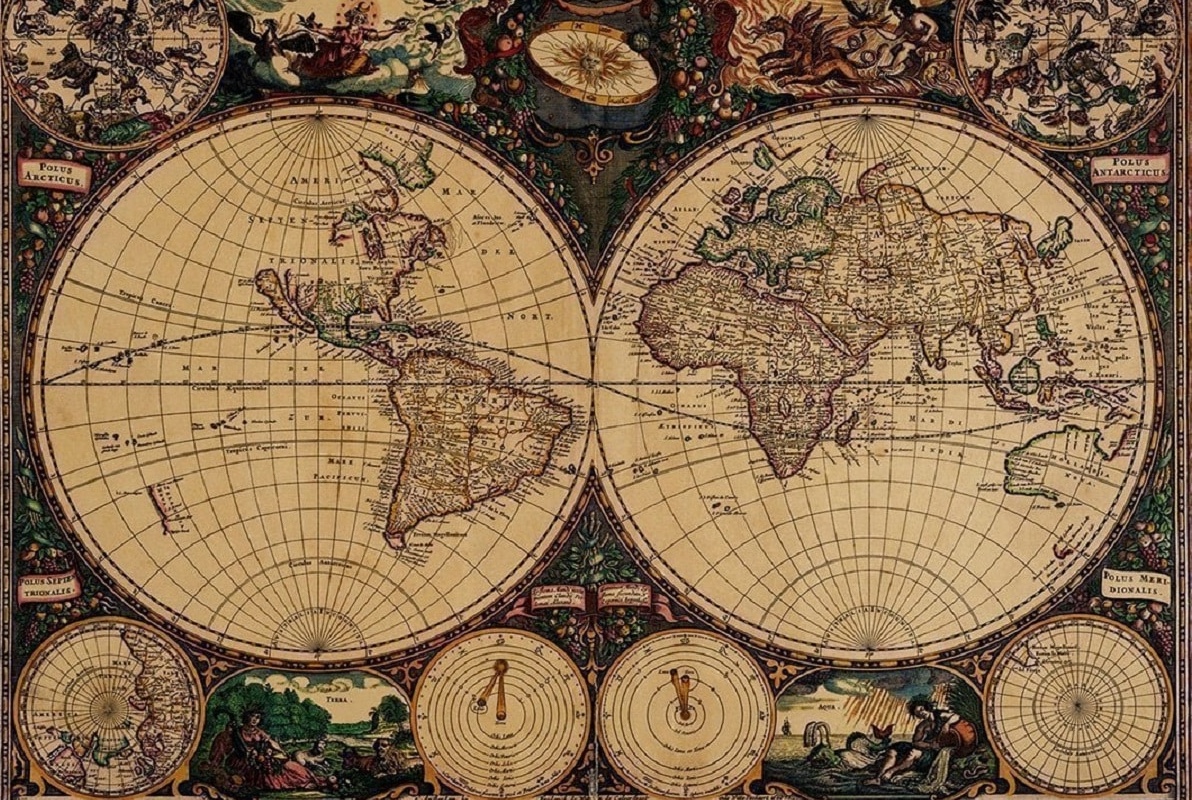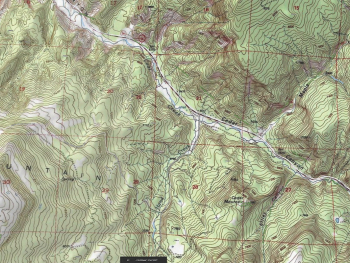Embarking on an adventure, whether it's a hiking trip, a road trip, or a backpacking expedition, requires careful route planning to ensure a smooth and enjoyable journey. With the abundance of mapping tools and resources available today, planning your next adventure has never been easier. In this article, we'll explore essential tips for effective route planning to help you navigate with confidence and make the most of your adventure.
- Define Your Objectives and Preferences: Before diving into route planning, take some time to define your objectives and preferences for the adventure. Consider factors such as the duration of the trip, the level of difficulty you're comfortable with, and any specific sights or destinations you'd like to visit along the way. Understanding your goals will guide your route planning process and help you prioritize what's most important to you.
- Research Your Destination: Gather information about your destination, including topographical features, trail conditions, weather patterns, and any permits or regulations that may apply. Consult guidebooks, online forums, and travel websites for insights from experienced adventurers. Pay attention to recent trip reports and updates to ensure you have the most up-to-date information before setting out.
- Choose the Right Mapping Tools: Select mapping tools that suit your needs and preferences for route planning. Online mapping platforms such as Google Maps, Gaia GPS, and AllTrails offer a wealth of features for exploring routes, viewing terrain profiles, and accessing user-generated content such as trail reviews and photos. Consider using a combination of tools to gather different perspectives and insights into your chosen route.
- Consider Terrain and Difficulty: Evaluate the terrain and difficulty level of your chosen route, taking into account factors such as elevation gain, trail conditions, and technical challenges. Choose a route that matches your skill level and fitness level, and be realistic about your abilities. If you're unsure about the difficulty of a particular section, consider seeking advice from experienced hikers or outdoor enthusiasts.
- Plan for Contingencies: Anticipate potential challenges or obstacles along your route and develop contingency plans accordingly. Identify bailout points, alternative routes, and emergency exit routes in case of unexpected circumstances such as inclement weather, injuries, or navigation errors. Carry essential safety gear, including a first aid kit, navigation tools, and emergency supplies, and familiarize yourself with basic wilderness survival skills.
- Leave No Trace: Practice Leave No Trace principles to minimize your impact on the environment and preserve the natural beauty of the landscape for future generations. Follow established trails whenever possible, pack out all trash, and avoid damaging vegetation or disturbing wildlife. Respect wildlife habitats and adhere to any regulations or restrictions in place to protect sensitive ecosystems.
- Share Your Itinerary: Before embarking on your adventure, share your itinerary with a trusted friend or family member and provide them with details of your route, expected duration, and emergency contact information. Check in with them periodically during your trip to confirm your progress and notify them of any changes to your plans.
Effective route planning is essential for a safe, enjoyable, and memorable adventure. By defining your objectives, researching your destination, choosing the right mapping tools, considering terrain and difficulty, planning for contingencies, practicing Leave No Trace principles, and sharing your itinerary, you can navigate with confidence and make the most of your next outdoor adventure. Whether you're exploring rugged mountain trails, traversing scenic backcountry roads, or embarking on a cross-country road trip, thoughtful route planning will enhance your experience and ensure a successful journey.




